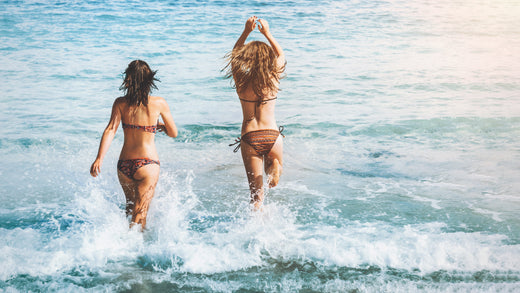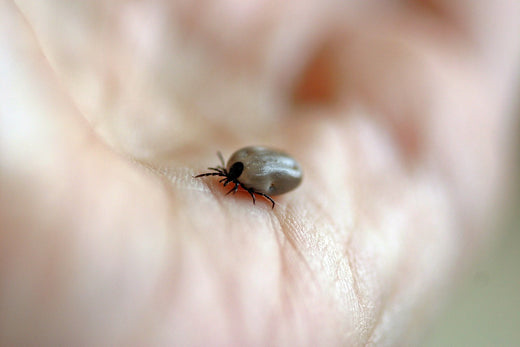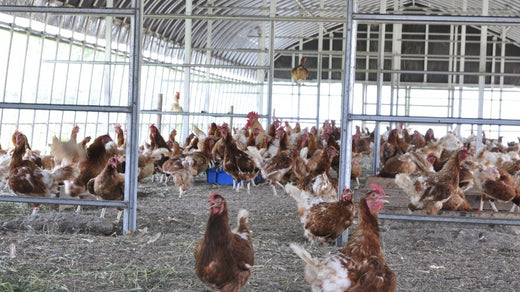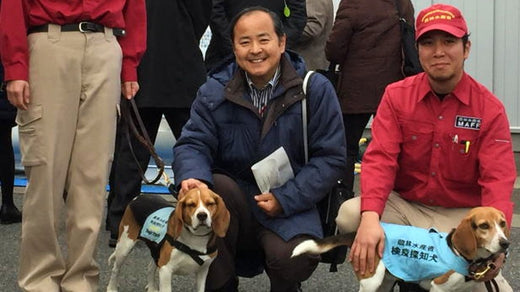Record-breaking heat in 2018
It is said that this year is not a heat wave, but a heat wave. After the end of the rainy season, a nationwide heat wave began, and on the 23rd of last month, the highest temperature of 41.1 degrees was recorded in Kumagaya City, Saitama Prefecture, breaking the domestic record for the first time in five years.
It is said that 113 observation points, more than 10% of the total, recorded the highest temperature in the history of observation last month. Record heat waves are being observed not only in Japan but also in the world.
In the United States, the highest temperature reached 52 degrees Celsius in Death Valley National Park, California on the 8th of last month, and 48.9 degrees was recorded in Chino near Los Angeles. It's already completely beyond the level that humans can endure with spirit and guts.
Health damage caused by extreme heat
As the record-breaking heat wave continues, health hazards due to heatstroke are becoming more serious. According to the Fire and Disaster Management Agency of the Ministry of Internal Affairs and Communications, between the 9th and 15th of last month, 9,956 heat stroke patients were transported by ambulance in Japan, of which 12 died.
There are various symptoms of heat stroke, and early to mid-term symptoms include dizziness, lightheadedness, and headache. If the symptoms progress further, they may become severe, causing severe sweating, convulsions, and nausea.
Mechanism of heat stroke
Warm-blooded animals, including humans, have the ability to regulate body temperature. When the body temperature rises too much, it increases the amount of blood flowing to the surface of the body (skin), making it easier for heat to escape to the outside of the body.
However, when this mechanism is out of balance and blood is inadequate, blood pressure drops and not enough blood is sent to the brain. The result is dizziness, light-headedness, and loss of consciousness.
When the body temperature rises, the human body sweats, and when the sweat evaporates, it takes heat from the surface of the body and has a mechanism to lower the body temperature. and fatigue, vomiting, and headache.
In addition, a lack of electrolytes (salt) in the blood due to sweating causes a lack of electrolytes that regulate muscle contraction, making it easier for convulsions and cramps to occur.
As the symptoms progress further, the temperature in the brain rises, causing abnormalities in the central nervous system, causing damage to various organs of the body and leading to a life-threatening condition.
And in any of the above symptoms, it is important to cool the body first.
Heat stroke measures recommended for hunters
Part 1: Cooling Vest / Cool Vest
Again, it is important to cool the body to prevent heat stroke.
However, hunting activities (pest control) are performed outdoors. Working under the scorching sun will inevitably occur, but it is not possible to cool the body each time. So I definitely recommend a cooling vest (cool vest).
There are three cooling methods: pouring water to cool with the heat of vaporization, cooling with ice and using the heat of vaporization of melted water, and cooling with a cold insulator.
If you don't want your clothes to get wet when you put them on, you should choose a pattern that uses a cooling material. If you wear a jacket over the cooling vest and combine it with the fluorescent orange vest from the Hunter Association, it's perfect.
Various types are available from various companies, but if you choose one with a large contact area and a high degree of adhesion, you can experience a more cooling effect. In addition, considering the stuffiness, mesh type is recommended.
Search for cooling vest online >>
Part 2: Air-conditioned clothes
Combining the above cooling vest with air-conditioned clothing makes it the strongest heatstroke prevention wear. In a nutshell, air-conditioned clothes are clothes with a built-in electric fan.
A small fan attached to the clothes draws outside air into the clothes and evaporates the sweat by blowing a large amount of air on the surface of the body. Evaporative heat robs you of body heat, and warm, moist air escapes through the collar and cuffs.
In addition, it is necessary to prepare a jacket (for air conditioning clothes), a fan, and a battery. As a guideline for the price, it varies depending on the manufacturer and material, but it is about 20,000 yen in total.
Before purchasing, check the size of the jacket and the operating time of the battery. I think it's better to have 1 size room than the perfect size.
Search for air-conditioned clothing online>>
Part 3: Eat meat
I think that there are many cases where they effectively utilize the prey they catch and use it as meat. Among them, venison is said to have 1/3 the calories, 1/80 the fat and 4.6 times more iron than pork and more than 9 times more than chicken compared to beef and pork.
In addition, even if it is not the meat of the prey that you caught, it is recommended to eat ingredients that contain a lot of vitamin B1. Vitamin B1 converts sugar contained in carbohydrates into energy, metabolizes waste products, and recovers from fatigue.
Pork, eel, and other foods contain a lot of vitamin B1, so they are recommended for heatstroke prevention. In the summer, it's easy to hold outdoor events such as barbecues.
Reference article: The taste of nutritious wild game taught by a hunter
summary
The lingering summer heat is expected to become severe this year, and according to the Japan Meteorological Agency, temperatures are expected to rise significantly in some areas in the first half of the next month ( click to expand file ).
I think that the above measures will increase the efficiency of harmful extermination work in the summer and make it easier to manage your physical condition. Frequent hydration is of course important, but if you are a hunter whose main activity is outdoors, it might be a good idea to take the above measures into account.

 箱罠
箱罠
 くくり罠
くくり罠
 パーツ類
パーツ類
 電気柵
電気柵
 自作キット
自作キット
 防獣グッズ
防獣グッズ
 監視カメラ
監視カメラ




 box trap
box trap
 tying trap
tying trap
 enclosure trap
enclosure trap
 Prevention and avoidance goods
Prevention and avoidance goods
 electric fence
electric fence
 trap surveillance camera
trap surveillance camera
 transportation goods
transportation goods
 Trap detection sensor
Trap detection sensor
 hunting supplies
hunting supplies
 hunting books
hunting books
 Anti-bird goods
Anti-bird goods
 Agricultural materials/machinery
Agricultural materials/machinery
 boar
boar
 deer
deer
 Kyon
Kyon
 monkey
monkey
 raccoon
raccoon
 Badger
Badger
 palm civet
palm civet
 raccoon dog
raccoon dog
 nutria
nutria
 mouse or rat
mouse or rat
 Mole
Mole
 bear
bear
 pigeon
pigeon
 Crow
Crow







